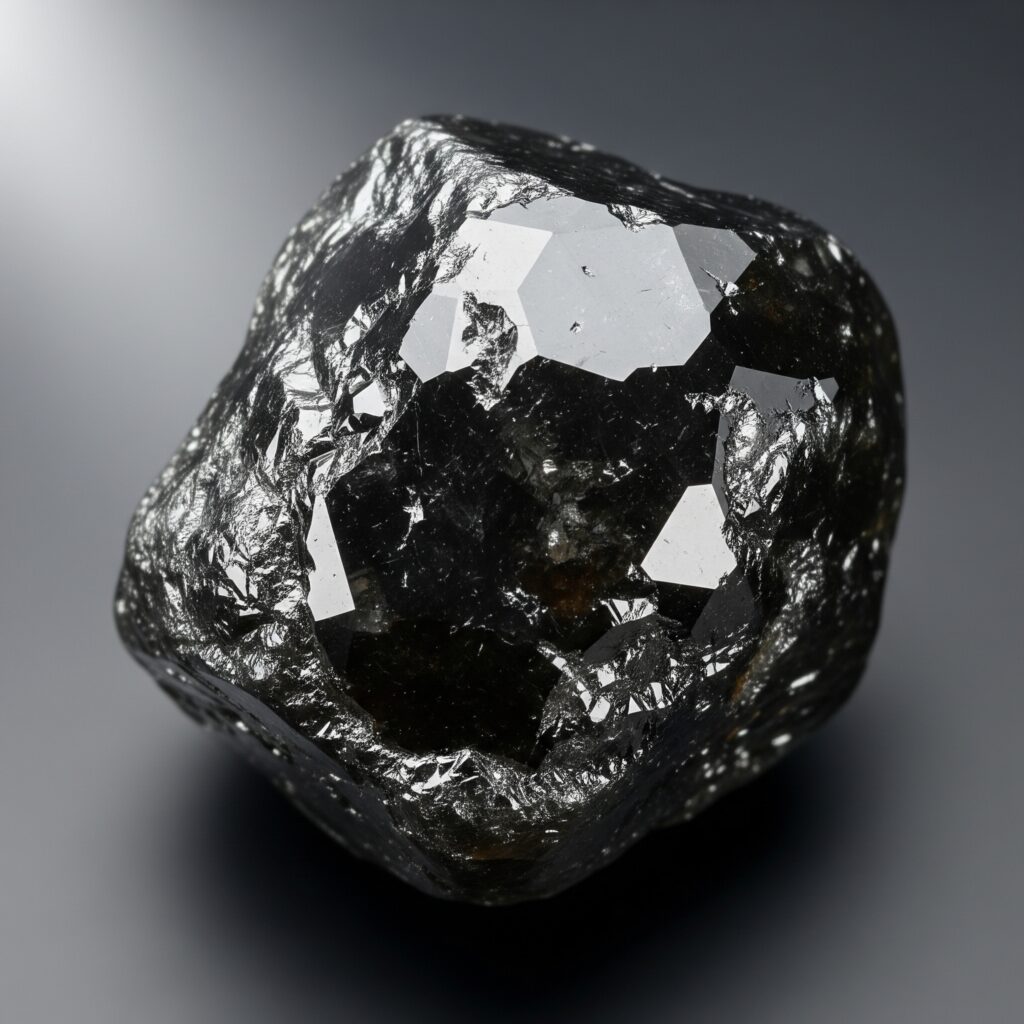Are Black Diamonds Real? An In-Depth Look at Their Origin, Value, and Authenticity

Striking, opaque, and effortlessly stylish—black diamonds have captured the attention of jewelry lovers worldwide. But as their popularity has grown, so has a common question: are black diamonds truly real?
Yes, black diamonds truly real; to clear this mystery let’s find out what makes these gems unique. To understand their authenticity, it’s important to know how they are formed; understand the distinctions between natural, treated and lab-grown varieties and what sets each type apart.
The Origins: How Do Natural Black Diamonds Form?
Unlike classic clear diamonds, which are formed from a single crystal of carbon, natural black diamonds (also called carbonado) are polycrystalline that is black diamonds are composed of millions of tiny, interconnected carbon crystals, which gives them a dense, opaque structure. This unique formation is the source of their deep, rich black color.
Scientists still debate exactly how these rare stones were created. Two leading theories dominate the discussion:
- Earth-Based Formation: Some researchers believe black diamonds originated deep within the Earth’s mantle under extreme pressure and heat, with inclusions of minerals such as graphite, pyrite, or hematite giving them their distinctive dark look.
- Cosmic Origins: A more intriguing idea suggests black diamonds came from outer space. According to this theory, they were formed during ancient supernova explosions and delivered to Earth through asteroid impacts billions of years ago. Evidence for this includes the unusual chemical makeup of black diamonds and the fact they are only found in Brazil and the Central African Republic.
Natural, Treated, and Lab-Grown: Understanding the Difference
Much of the confusion surrounding black diamonds stems from the different types available on the market:
- Natural Black Diamonds: Extremely rare and highly sought after, these gems occur naturally with their dark color formed organically during creation. They are untouched by treatments, making them the most valuable.
- Treated Black Diamonds: Many black diamonds in jewelry stores today fall into this category. They begin as lower-quality diamonds with heavy inclusions or grayish tones, then undergo treatments such as heat or irradiation to give them a uniform black color. Though treated, they are still authentic diamonds and offer a more affordable option than natural ones.
- Lab-Grown Black Diamonds: Created in laboratories under conditions that replicate the Earth’s mantle, these diamonds share the same chemical structure as natural stones. They are an ethical, sustainable, and budget-friendly choice, making them a popular alternative.
Understanding Black Diamond Properties and Authenticity
The unique composition of black diamonds gives them distinct black diamond properties. While they are a 10 on the Mohs hardness scale, their polycrystalline structure makes them more prone to chipping than a single-crystal diamond. This is why jewelers often recommend setting them in protective designs.
To ensure authenticity, always ask for a gemological certificate from a reputable lab like the Gemological Institute of America (GIA) or the International Gemological Institute (IGI). This report will confirm whether the stone is a diamond, specify if its color is natural or treated, and provide details about its weight and dimensions.
Conclusion: So, Are Black Diamonds Real?
The answer is a definitive yes. Are black diamonds real? Absolutely. Whether you choose a rare, natural stone or a stunning, more accessible treated or lab-grown one, you’re acquiring a truly unique and beautiful piece of jewelry. The most important thing is to understand the type of diamond you are buying and to get a certification to ensure its authenticity.